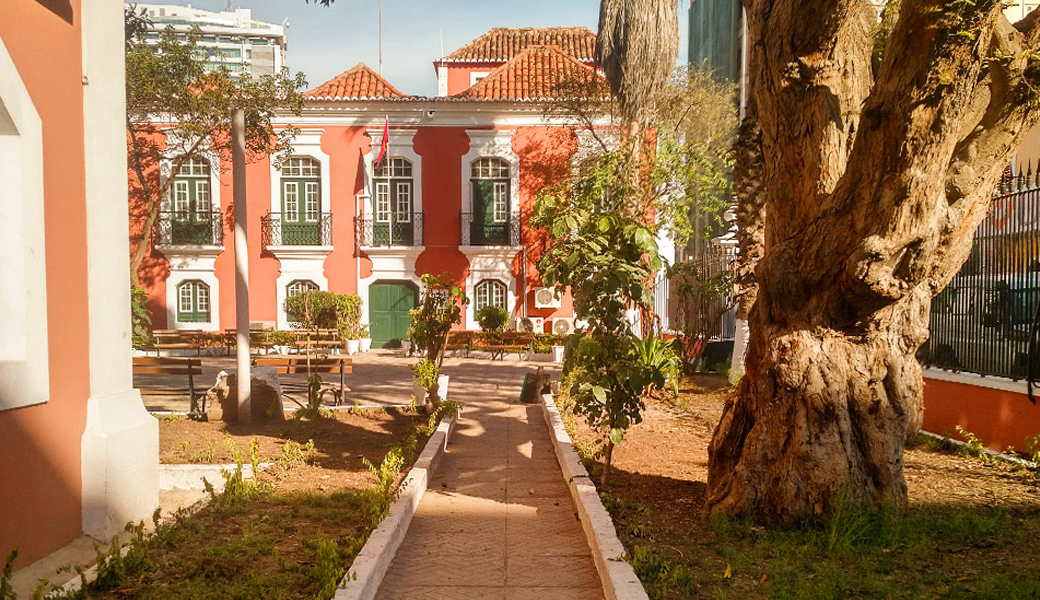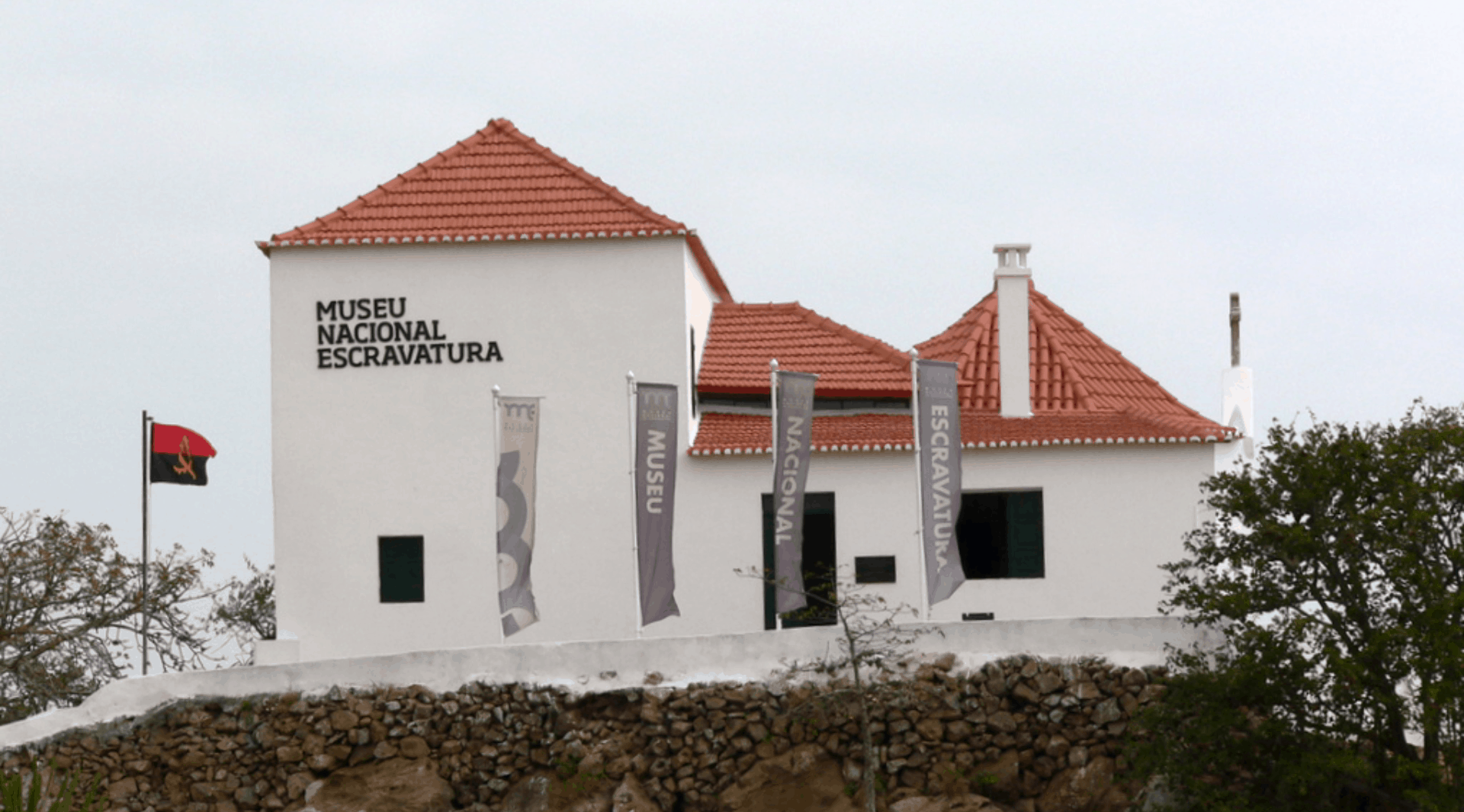Museu Nacional de Antropologia

Founded on 13 November 1976, it is a cultural and scientific institution, dedicated to the collection, research, conservation, presentation and dissemination of the Angolan cultural heritage. Fourteen rooms spread over two floors house over 6,000 traditional pieces, including farm implements, hunting and fishing items, iron foundry, pottery, jewelry, musical instruments, women’s rights memorabilia and photographs of the Khoisan people. Various traditional musical instruments are displayed, and visitors can hear a demonstration of the use of the marimba. Other major attractions of the museum are its rustic furnace for melting iron, and its room of the masks, featuring the symbols of the rituals of the Bantu people.
- Address: R. Friedrich Engels 61, Luanda, Angola
- Phone: +244 921 214 168
Museu Nacional de História Natural

Established in 1938 as the Museu de Angola, it was originally housed in the Fortress of São Miguel. Initially it included departments of Ethnography, History, Zoology, Botany, Geology, Economics and Art. In 1956 it moved to its current 3-storey building, and it today features a large collection related to the country’s natural history and rich and varied fauna. It features spacious lounges, which contain stuffed specimens of mammals, fish, whales, insects, reptiles and birds. The museum’s estate also includes vast and rich collections of mollusks, butterflies and shells, many of which were used as currency on the West African coast.
- Address: 56MQ+W9V, Nossa Senhora da Muxima, Luanda, Angola
- Phone: +244 921 360 872
Museum of the Armed Forces

Founded in 1975, following the independence of Angola, the museum includes bi-motor airplanes, combat vehicles, and diverse arms and artifacts utsed during the Angolan War of Independence (1961–1974) and the Angolan Civil War (1975–2002). The museum also contains statuary which ornamented the avenues and plazas of colonial Luanda, which were removed after independence. These include the statue of Diogo Cão, the first European to set foot in Angola, of Paulo Dias de Novais, founder of the city of São Paulo da Assunção de Luanda, of Vasco da Gama, and of famous Portuguese poet Luís de Camões, among others.
- Address: Fortaleza de São Miguel Calçada de S. Miguel, Luanda, Angola
- Phone: +244 923 620 349
National Museum of Slavery

The Slavery Museum was built in 1977 by the Culture and Tourism Ministry in order not to forget the slavery that had caused great harm to Angola, which gained its independence in 1975, and ruined the social fabric in the past. The artifacts depict the scenes where slaves were put on ships to be transported to America. There are shackles that slaves were tied to on ships, iron weights, sculptures featuring the slaves, models of ships from the slave trade period, weapons and materials used in daily life at that time. The museum also houses cauldrons from the 18th century where Africans, who were forced to convert by their Portuguese “masters”, were baptized while they were waiting for their boarding ship.
- Address: 24R3+FX4, Belas, Angola
